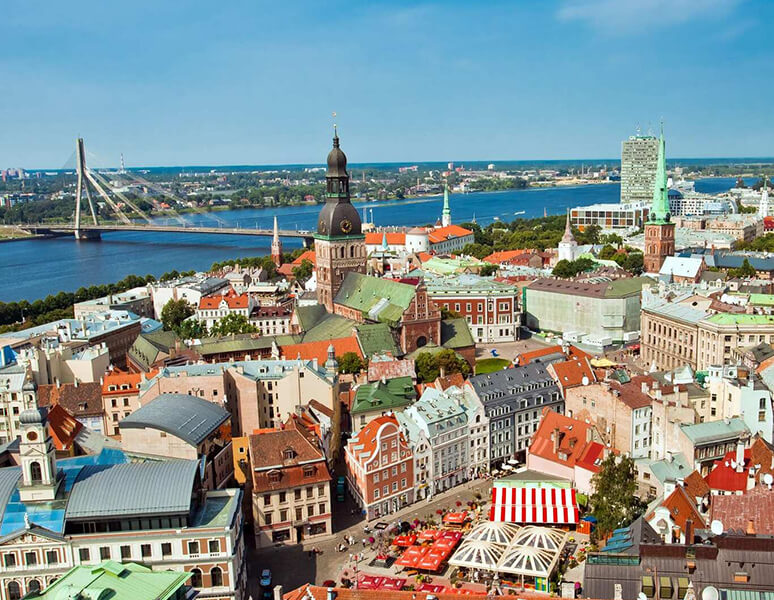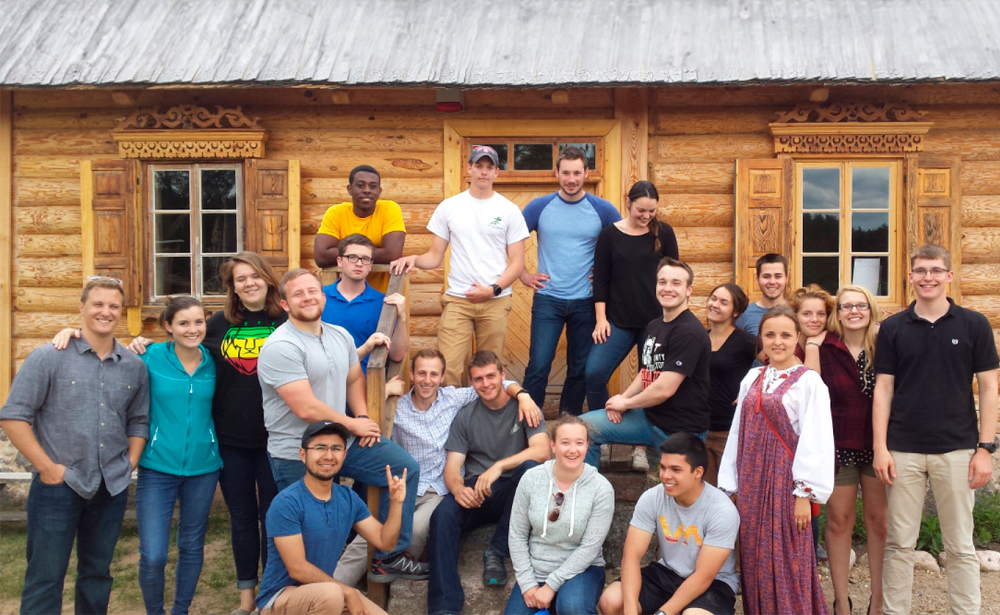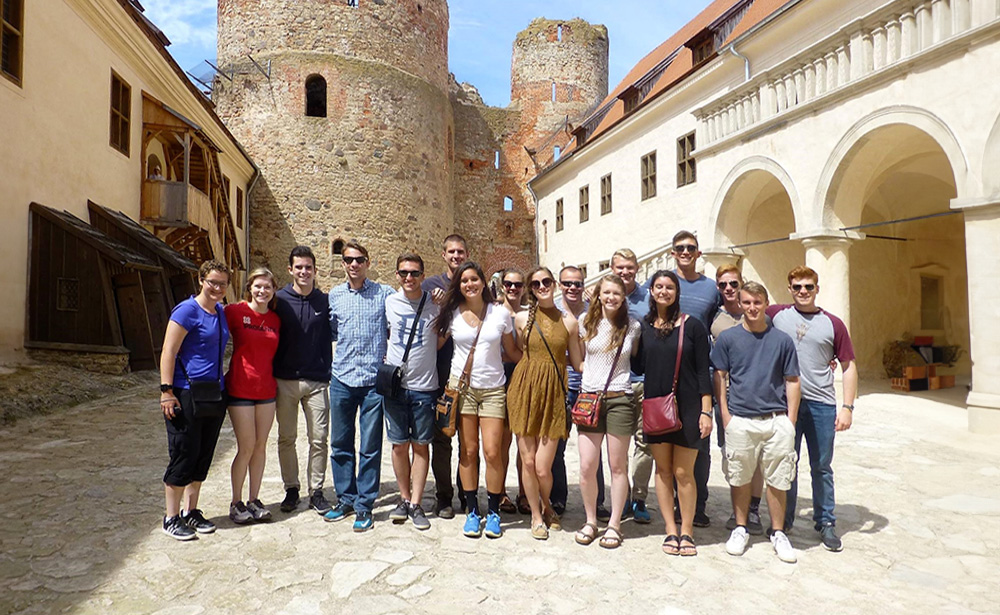Interesting Places to See in Riga. Part 1
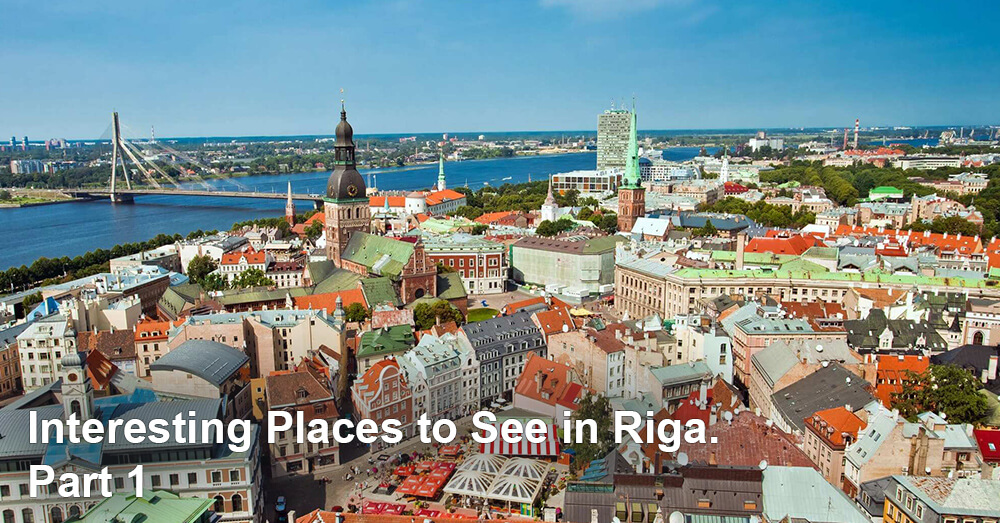
Today we ‘re going to begin a series of articles about interesting places you can see in Riga. In this article, we’ll tell you about 5 attractions of Old Riga every foreigner should visit.
Albert Square
Albert Square is situated in Old Riga between Vecpilsetas, Kaleju, and Alksnaju streets. This place is considered to be one of the oldest inhabited areas of Riga. The buildings at the Square became the foundation of modern Riga.
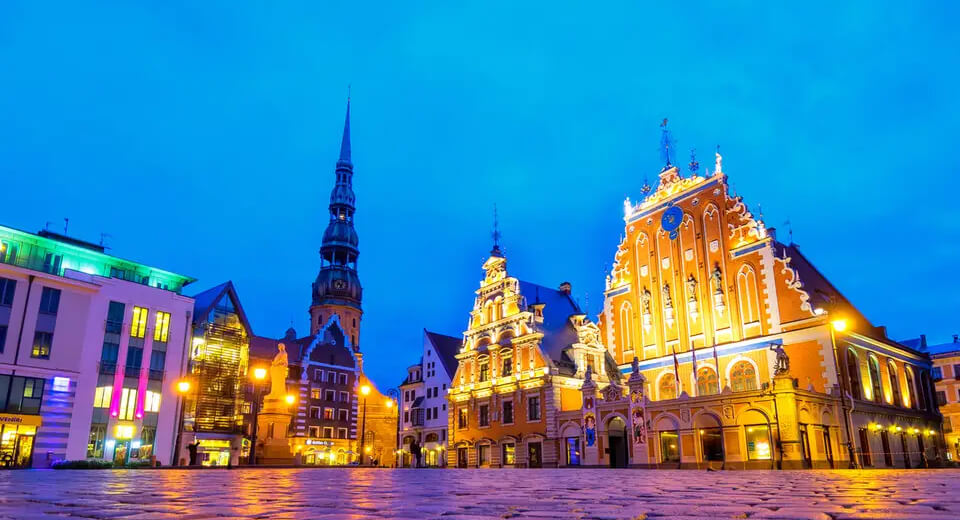
According to findings of archeological digs, the Lives used to live on this site. There was also a port located on the river Ridzene. In the 17th century the square hosted a horse post station that was abolished in the 19th century due to the railway development. In 1889 a park was set up here named after the first bishop of Riga – Albert. In 1923, it was renamed Albert Square.
Riga Castle
Riga Castle has been situated on the bank of the Daugava river for seven centuries. It is one of the most important objects of culture in the capital of Latvia.

Riga Castle is a typical sample of late Classicism architecture. During its long history, the castle was often destroyed and rebuilt, as well as survived many wars and rulers. Since 1922 it has been the residence of the President of the Republic of Latvia.
The Dome Cathedral
Riga Dome Cathedral is a symbol of the city and one of its main attractions. Its construction began on Juy 25, 1211 under the rule of Archbishop Albert Buxhoeveden, but it finished only 60 years later in 1270.
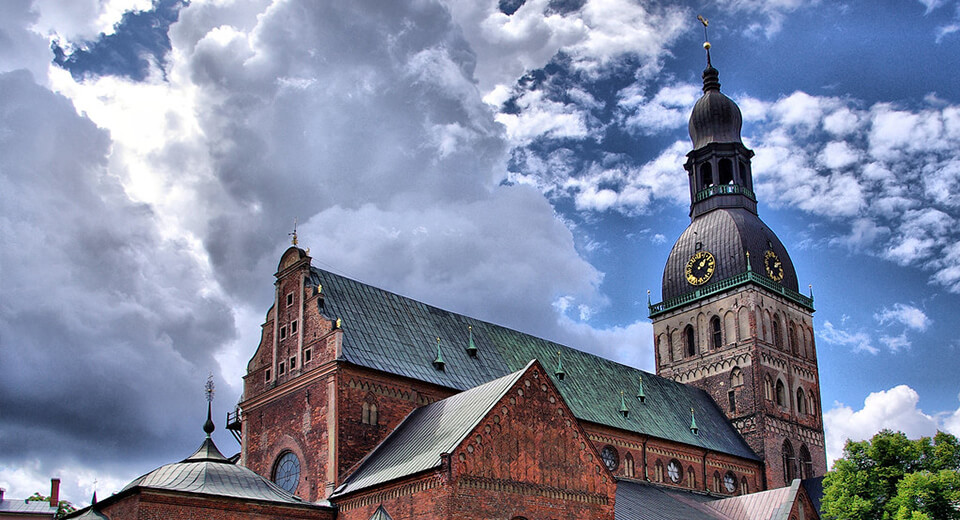
Today, Riga Dome Cathedral holds services and provide for rich cultural life — various concerts of popular artists take place here. Riga Dome Cathedral is considered the largest and oldest Medieval church in Latvia and the Baltic States that has Romanesque, early Gothic, Baroque, and Art Nouveau features.
The Dome Square
Dome Square is the largest square in Old Riga and the heart of historical part of the city. Dome Square is a relatively new architectural ensemble.

The development of Dome Square started in the late 19th century when several buildings were razed here. It was done in order to open view on the entrance portals of Riga Dome Cathedral. In 1885 the Square acquired its present name and in 1936 it acquired its present features.
Town Hall Square (Latvian Riflemen Square)
Town Hall Square is one of the central squares that is located in Old Riga. It is the oldest cultural center of Riga. Originally, it was the place where the city market was located and where merchants kept their goods. Therefore, the square had been called Market Square during the 18th century. Today numerous museums and public institutions are located around the Square. Riga City Council is located in the reconstructed Town Hall building. House of the Blackheads as well as Town Hall are the most beautiful buildings at Town Hall Square.
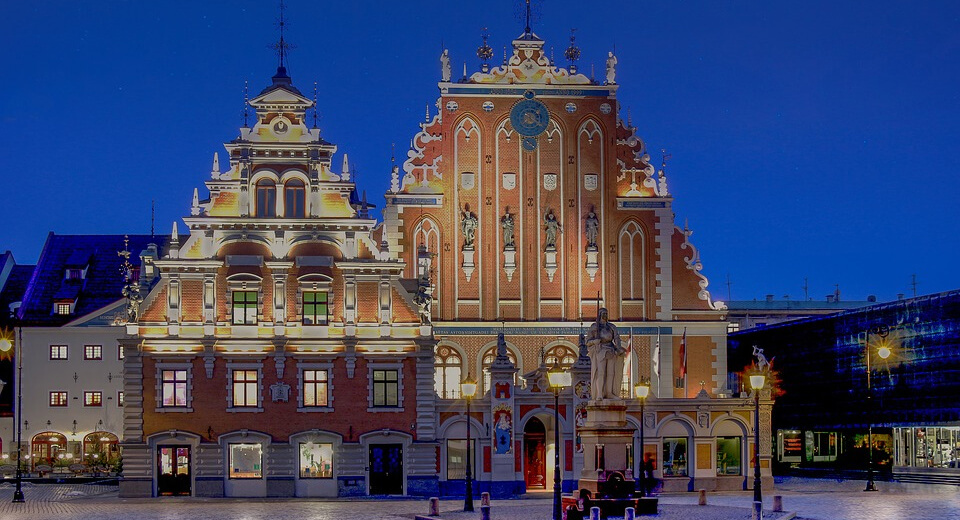
These are 5 most frequently visited places in Old Riga. Follow our blog and don’t miss our new articles.
You may be interested
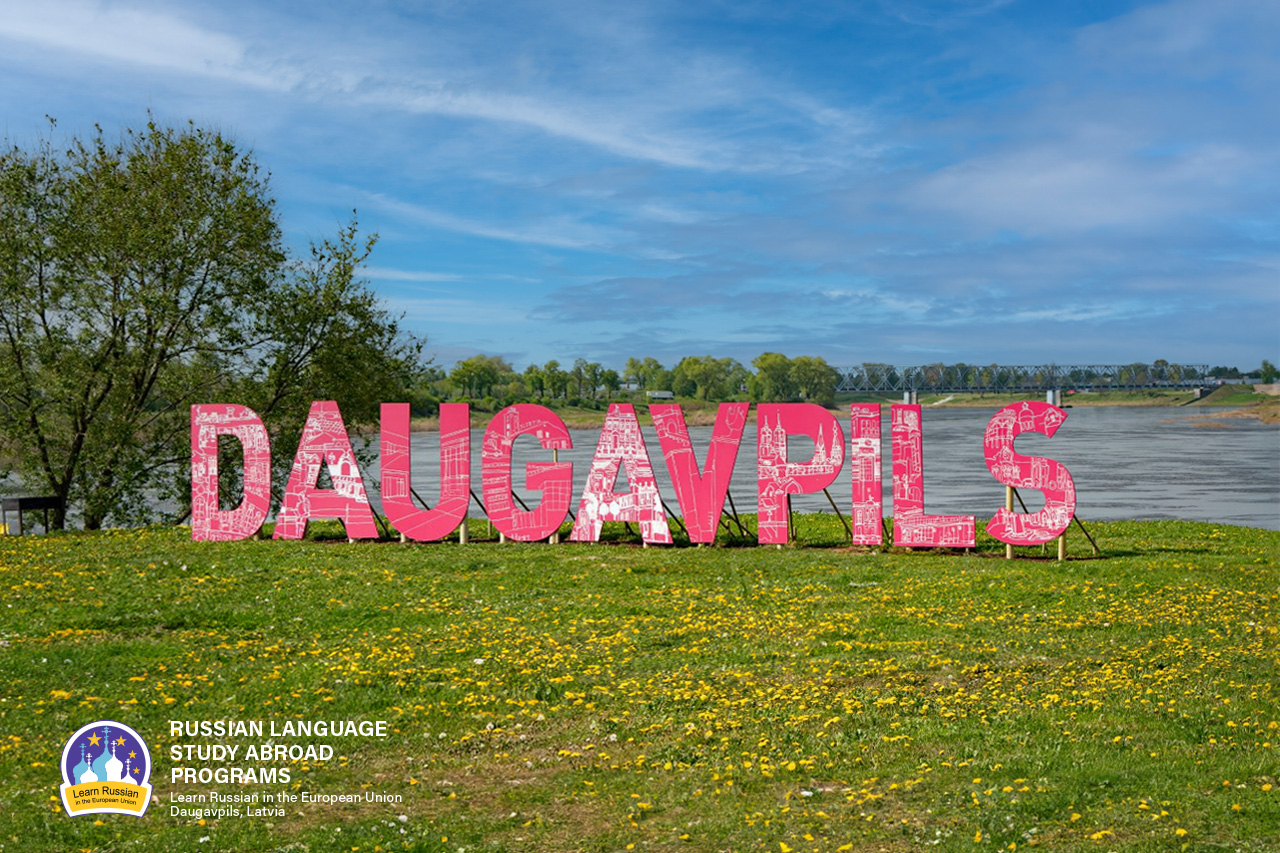
Why do people speak Russian in Daugavpils?
As it seems to us, Daugavpils is the best place to learn Russian now, because our city is situated in the EU and NATO, but at the same time 90% of the city’s population speak Russian at home.
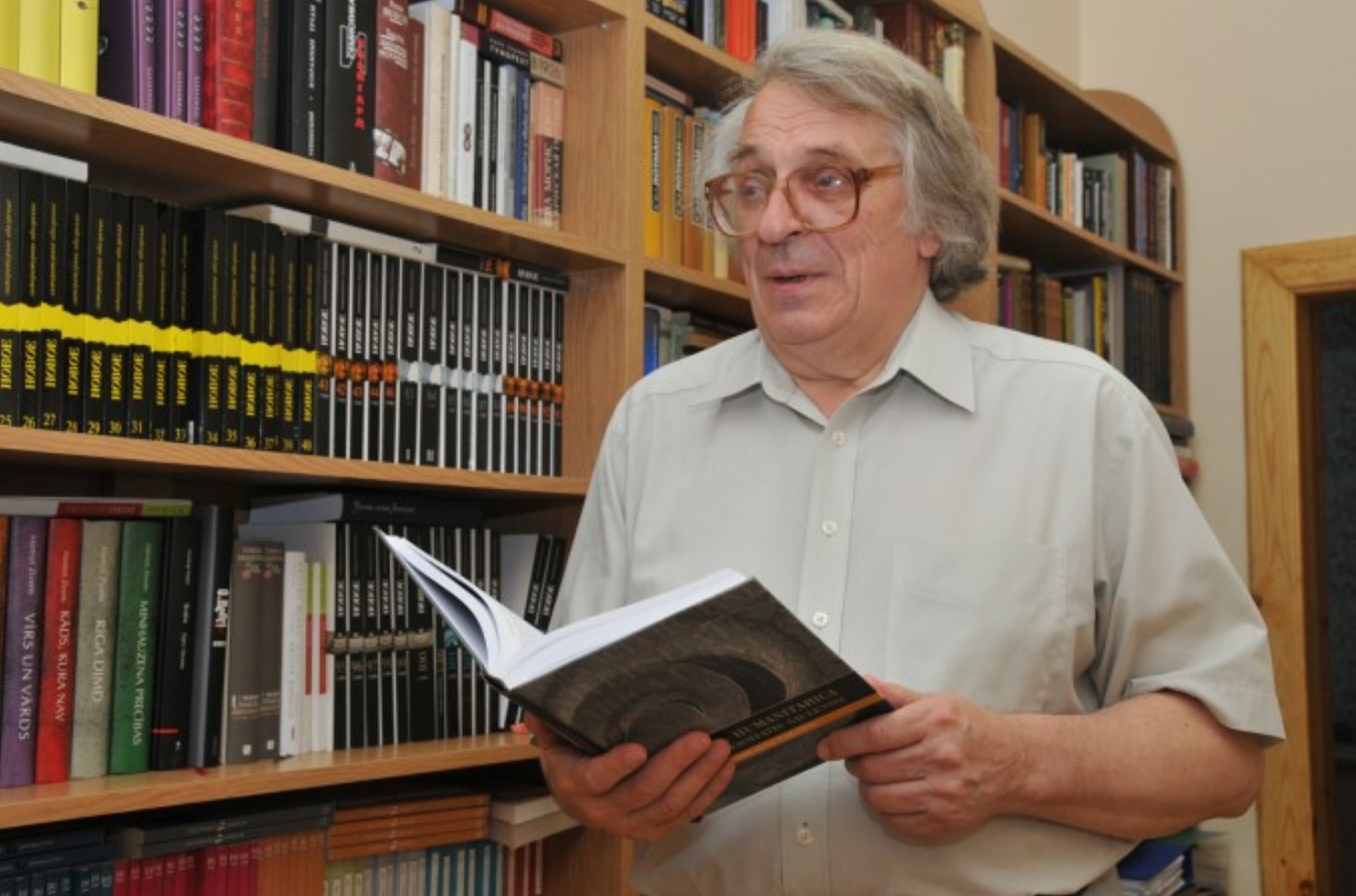
ЭТЮД О ДВИНСКЕ
Etude on Dvinsk by F.Fedorov
The Baltic region is one of the most catastrophe prone regions of the 2nd millennium, especially its second part; it is the centre of attraction of ‘geopolitical’ interests of the European world. Probably the most tragic fate has befallen to the eastern part of the present Latvia and its multi-titled town of Dinaburg – Dvinsk – Daugavpils. During its 730 years long history, the town went through five rather autonomous periods of development, five different lives (German, Polish, Russian, Latvian, Soviet), and at the beginning of the 1990s it entered into the 6th period.
The history of Dinaburg – Dvinsk – Daugavpils is the history of five attempts by the town to begin its life anew; and this is determined not only by the fact that the town was four times burned down and had to start life from scratch, but first and foremost because each of these periods was characterized by a total change of ethnos and the socio-cultural field.
The present article deals with the cultural space of the town in one of the most efficient periods of its development – from the 1860s till World War I.


